For The First Time in 50 Years United States Government Gives Green Light for New Nuclear Reactor
The US Nuclear Regulatory Commission has given the green light to a project that will mark a significant milestone in the history of nuclear energy. Kairo Power is preparing to construct the first reactor of its kind in the United States in over 50 years.
The construction project’s approval was influenced by a significant new technical advancement. This advancement allows the reactor to cool using a design that involves using isotropic particles and molten salt instead of light water. This method is not only more efficient but also safer, reducing the risk of overheating and potential accidents.
The Discovery of Nuclear Fission
In the 20th century, physicists working on nuclear fission realized that the chain reaction could potentially be used as a source of energy.

Source: Wikimedia
However, following the breakout of World War II, researchers directed their focus toward weaponizing the chain reaction, which eventually resulted in the creation of the first atomic bomb.
The First Commercial Nuclear Power Plant
In the decades that followed the war physicists learned a great deal about the power of nuclear fission. Researchers began experimenting with nuclear reactors, which use steam to produce electricity.
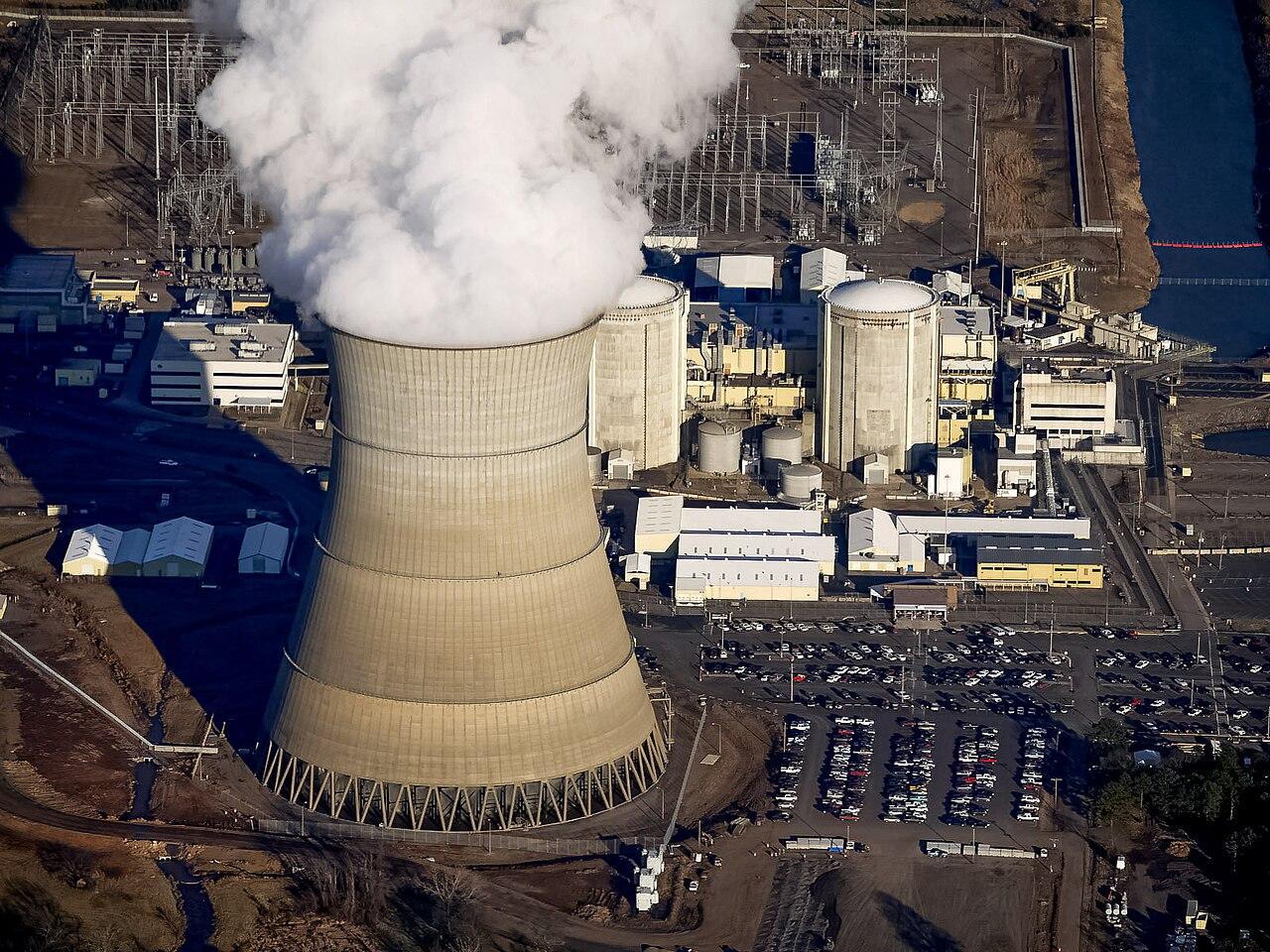
Source: Wikimedia
By 1958, the first commercial nuclear power plant was opened at Shippingport, Pennsylvania, by President Dwight D. Eisenhower.
Current Nuclear Power Plants in the US
As of 2024, there are currently over 50 nuclear power plants in the United States, which have over 90 commercial nuclear reactors.
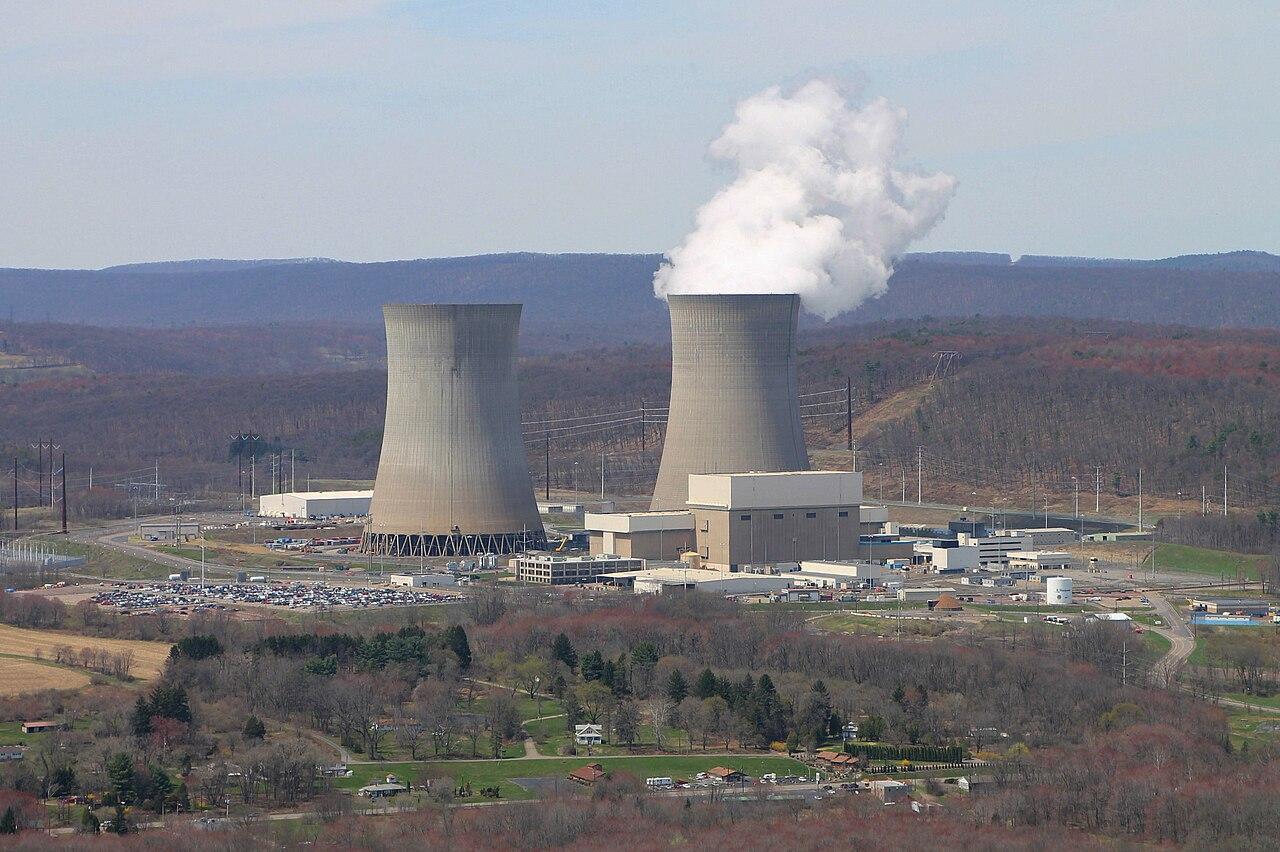
Source: Wikimedia
According to figures from the U.S. Energy Information Administration (EIA), between 1990 and 2021, around 20% of the nation’s total electricity generation came from nuclear power plants.
Nuclear Reactors Begin to Lose Favorability in the US
Despite the benefits of nuclear reactors, a form of energy that doesn’t release harmful greenhouse gases, skeptics have raised concerns about nuclear waste and the potential for accidents.
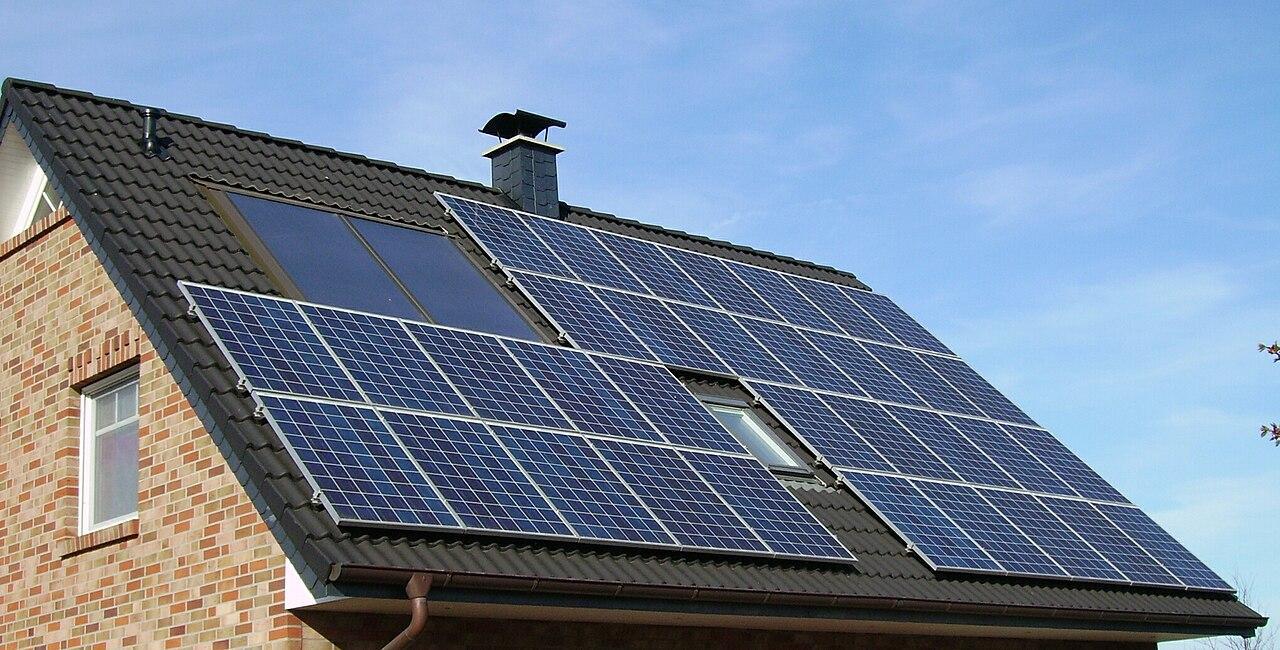
Source: Wikimedia
This led to the reactions to lose favorability among American officials during the latter part of the 20th century, and investors began searching for other means to power the nation.
The Unconventional Means of Cooling the Reactor
However, recently, the US Nuclear Regulatory Commission announced that a new fourth-generation nuclear reactor is in the works and will be cooled in an unconventional manner.
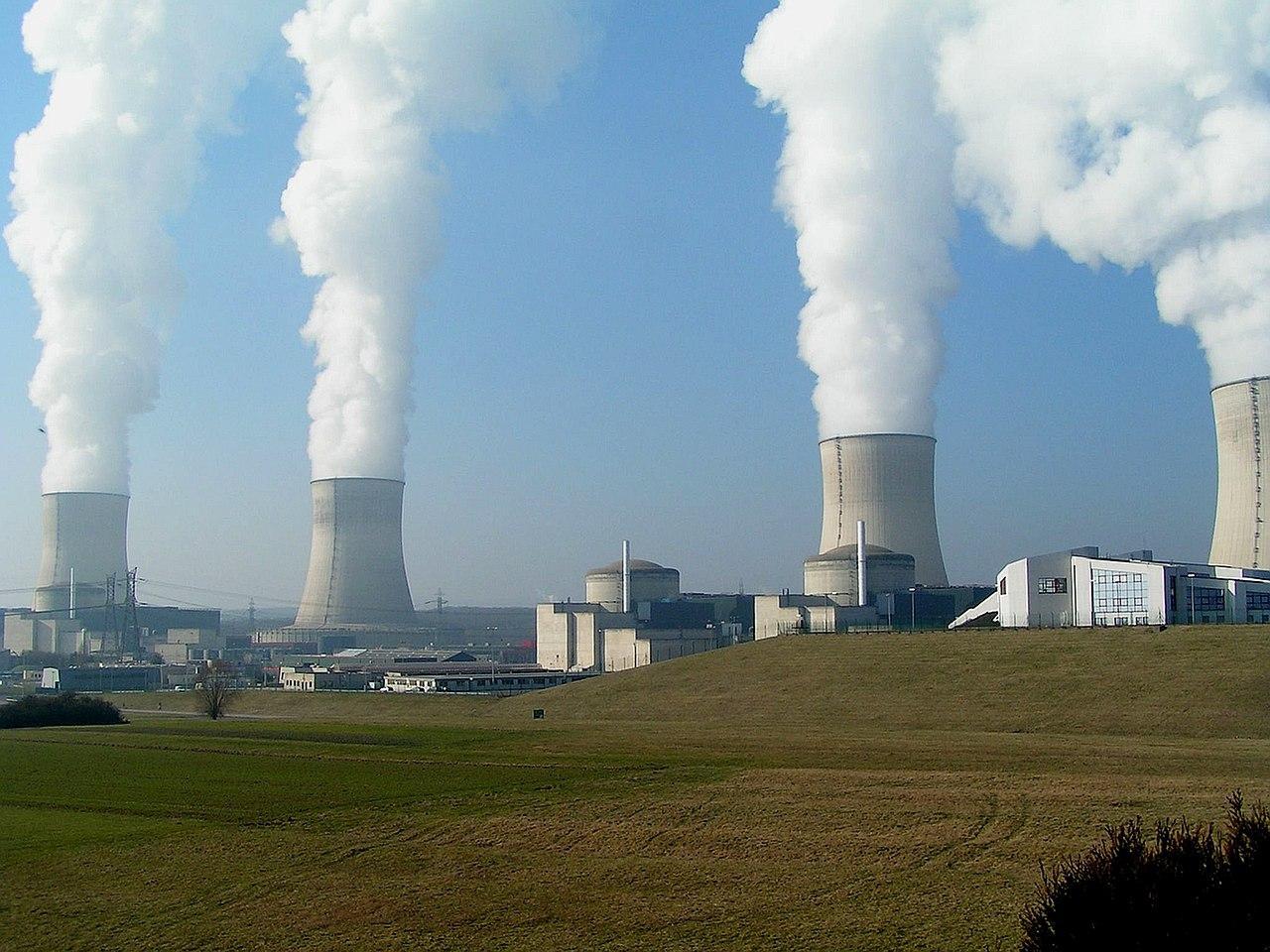
Source: Wikimedia
Dubbed the Hermes reactor, it won’t be cooled with light water like most other nuclear reactors. Instead, engineers will use a molten fluoride salt to cool it. The generator will be powered by a tri-structural isotropic particle (TRISO) fuel pebble bed design.
Molten Fluoride Salts
According to a report from the EIA, the new reactor set to be constructed in Oak Ridge, Tennessee will be one of the safest and cleanest nuclear power plants ever constructed in the United States.
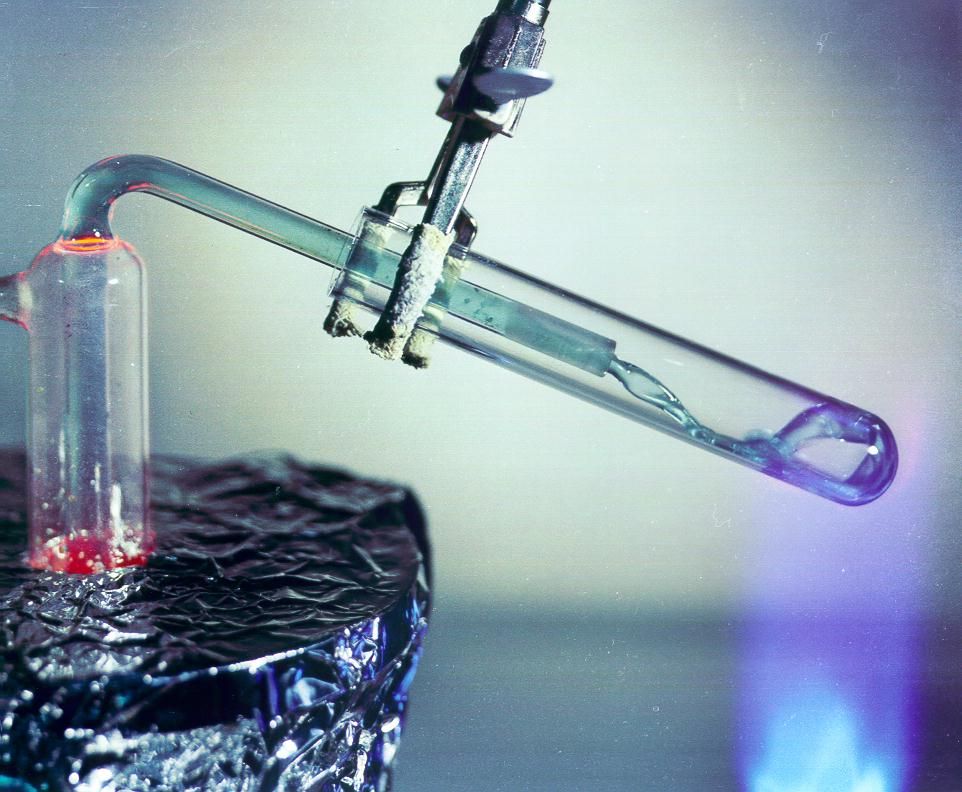
Source: Wikimedia
The molten fluoride salts have “excellent chemical stability and tremendous capacity for transferring heat,” which will produce affordable and clean heat.
The First Reactor of Its Kind in 50 Years
Edward Blandford, Chief Technology Officer and co-founder of Kairos Power, the company behind the construction of the reactor, said, “We’re thrilled to start building in the historic East Tennessee Technology Park.”

Source: Wikimedia
The Hermes reactor will be the first non-light water-cooled nuclear reactor constructed in the states in over five decades, and estimations suggest it will be fully operational by 2027.
Teaming Up With the Los Alamos National Laboratory
Kairos Power has also revealed that it will collaborate with Los Alamos National Laboratory to produce the TRISO pebble fuel needed for the reactor’s bed.

Source: Wikimedia
The unique fuel bed is comprised of hundreds of tiny uranium particles encased in a special ceramic. This enables each piece of fuel to have its own containment and pressure vessel, which is significantly safer than previous reactors.
What's Next for Kairos Power?
Kairos Power recently completed molten salt testing at the newly constructed Engineering Test Unit, located at the company’s manufacturing facility in New Mexico.

Source: Wikimedia
The unit is the first of three to be constructed to help design, build, and manage the state-of-the-art Hermes reactor, which will eventually provide energy for the state.
US Department of Energy Set to Invest
The US Department of Energy not only gave the green light for the project to commence but will also contribute over $300 million to help Kairos Power complete it.

Source: Wikimedia
The funding comes through the DOE’s Advanced Reactor Demonstration Program, which aims to help private companies construct advanced nuclear reactors in the US.
Confidence in Their Design
Kairos Power is confident in its next-generation reactors, claiming that they have numerous safety features, providing a sense of reassurance. One such feature is that the reactor doesn’t need electricity to remove heat once the core shuts down.

Source: Freepik
“Hermes is a pivotal step toward deploying advanced reactor technology with the potential to transform our energy landscape,” said Laufer.
